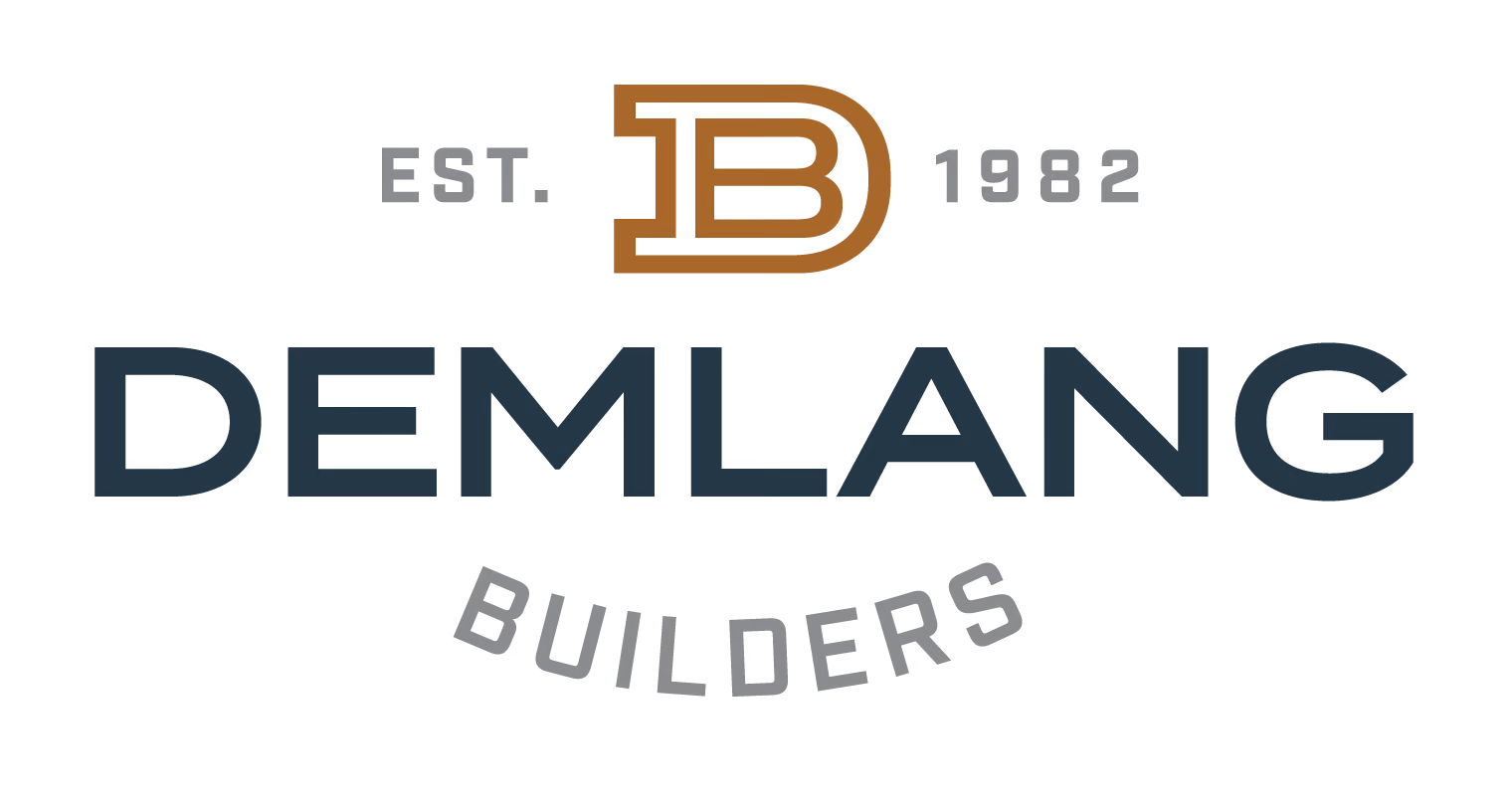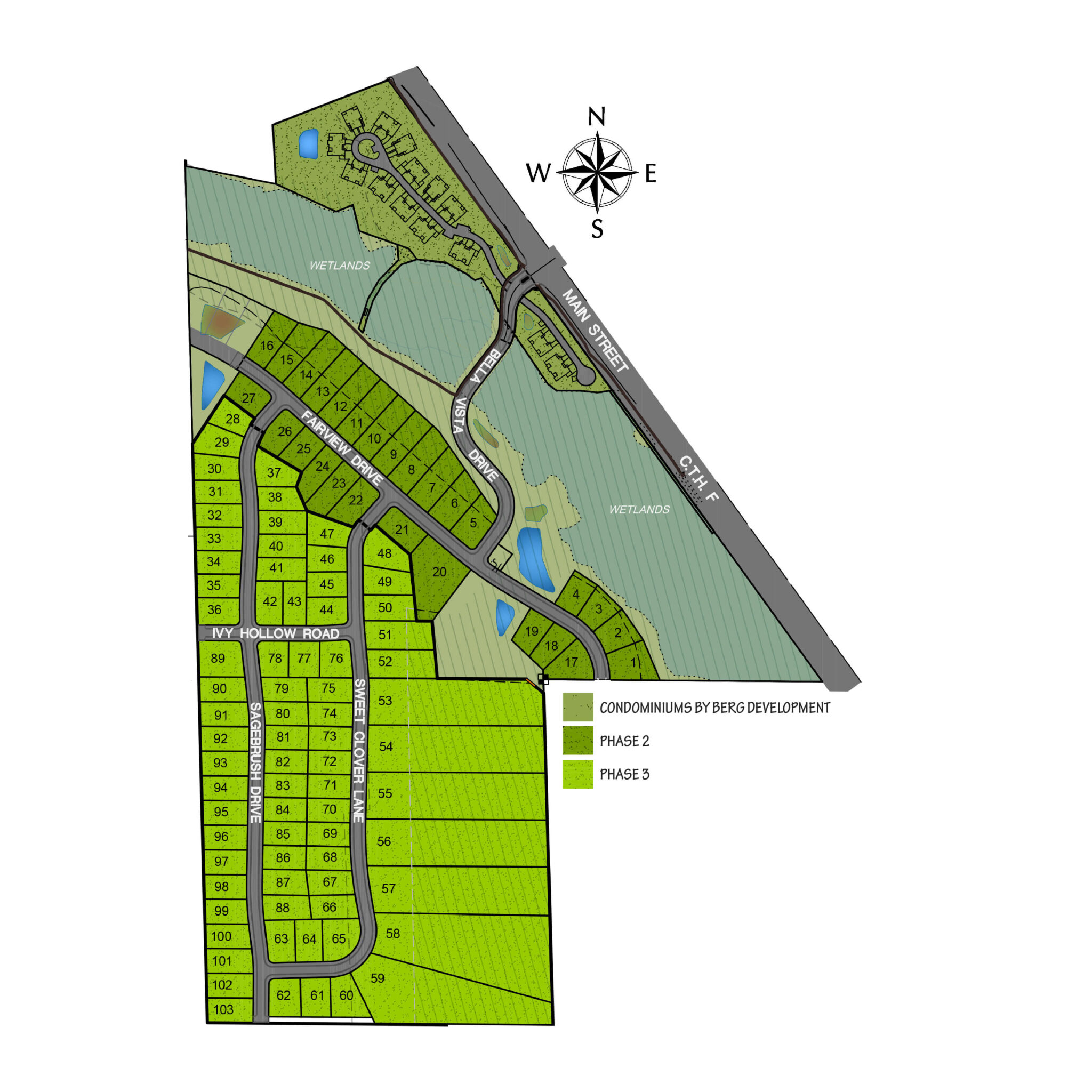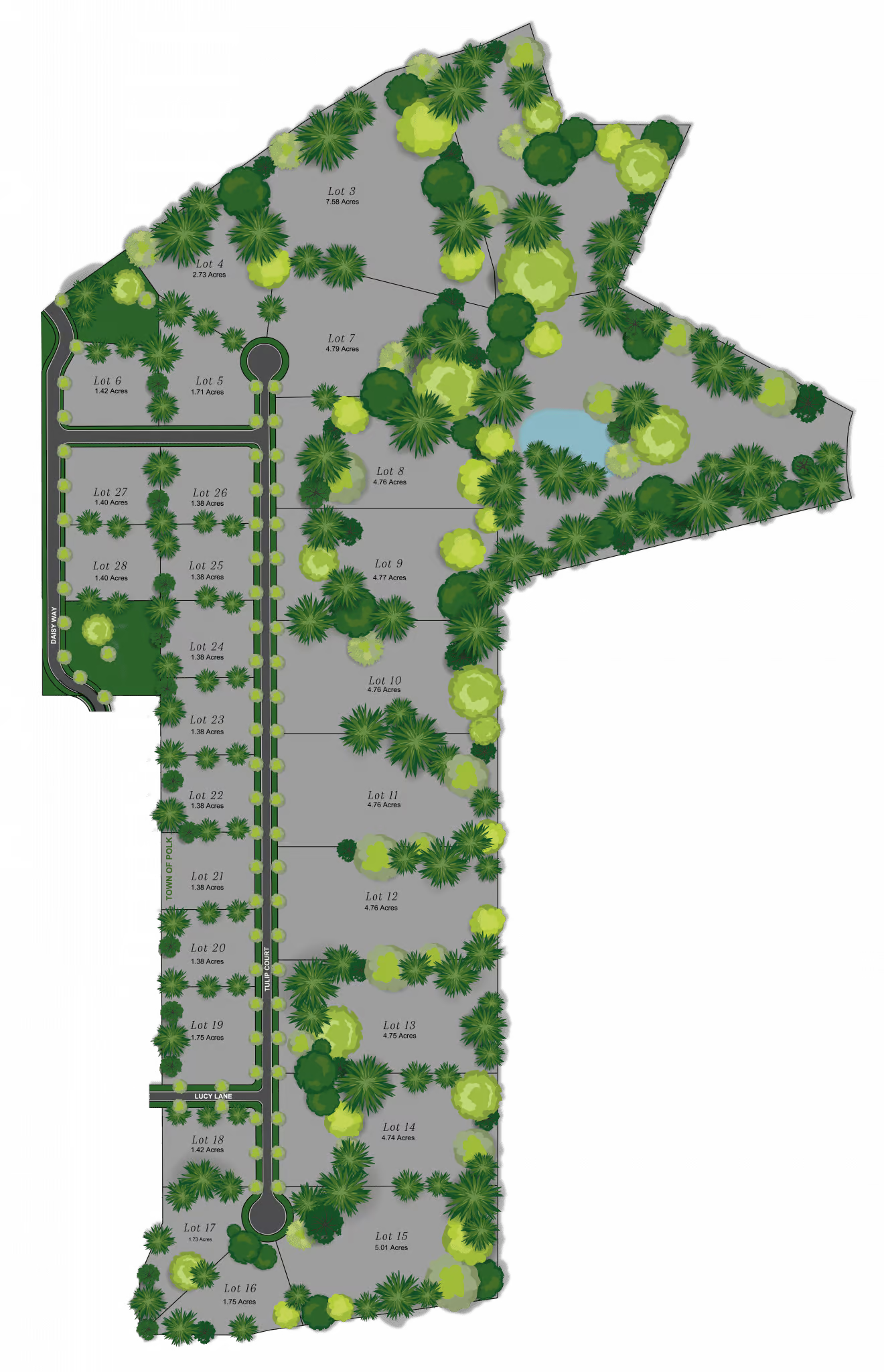With stabilizing interest rates and a resetting housing market following the pandemic, things are back to business as usual. Although we’ll all miss the 3% interest rates we saw in the past few years, current mortgage rates are leveling out and remain significantly lower than historical ones. In addition, less activity in the housing market is offering unique opportunities for building. Discover why now is a great time to build!
When you build a custom home with Demlang Builders, you’ll receive the quality, care, and timeliness we bring to every project. With reliable schedules and constant communication, you can rest assured that your project is on track and stay updated about the latest developments. As the market stabilizes, we provide the stability you need to feel comfortable and confident about the home building process.






